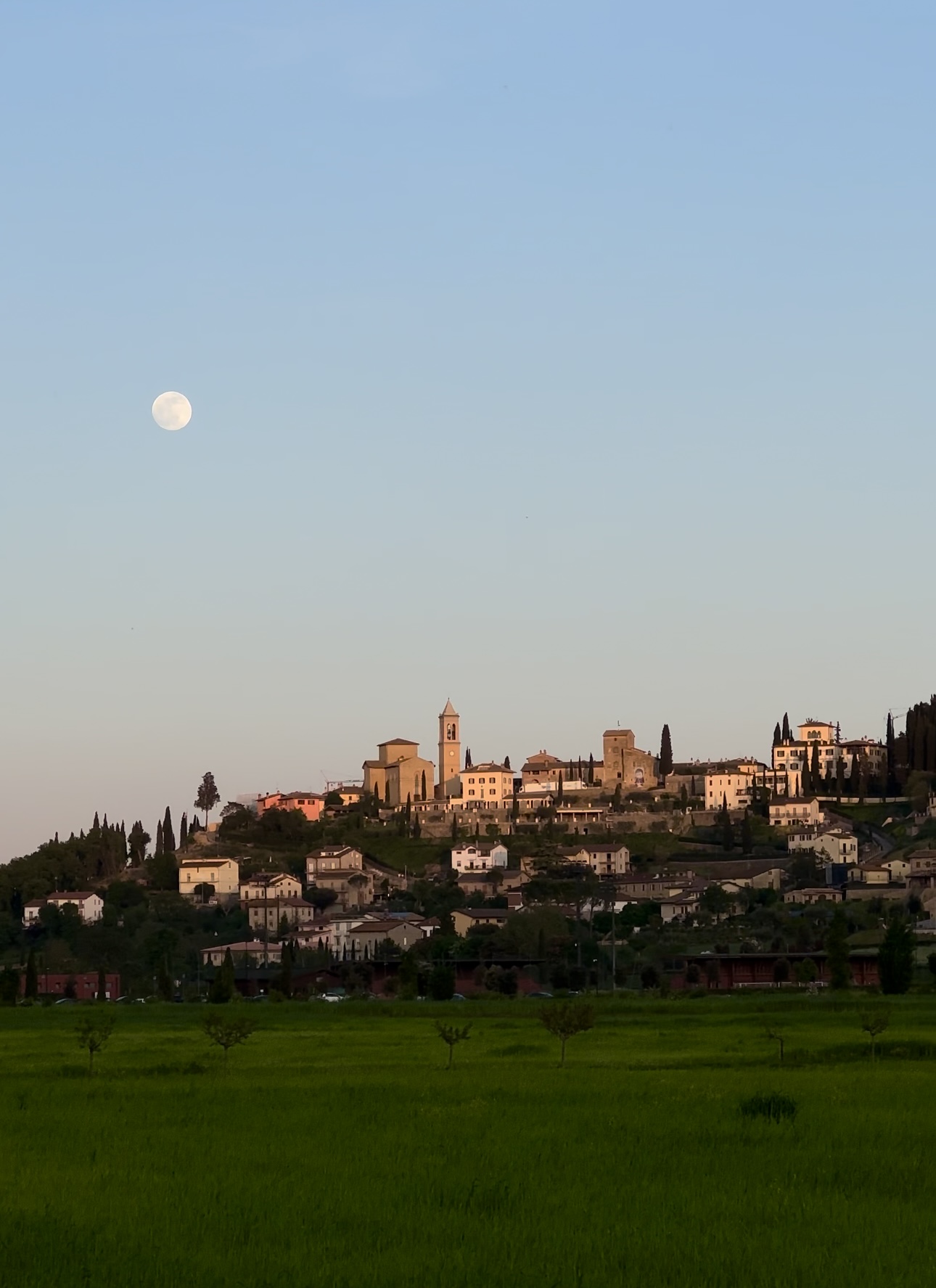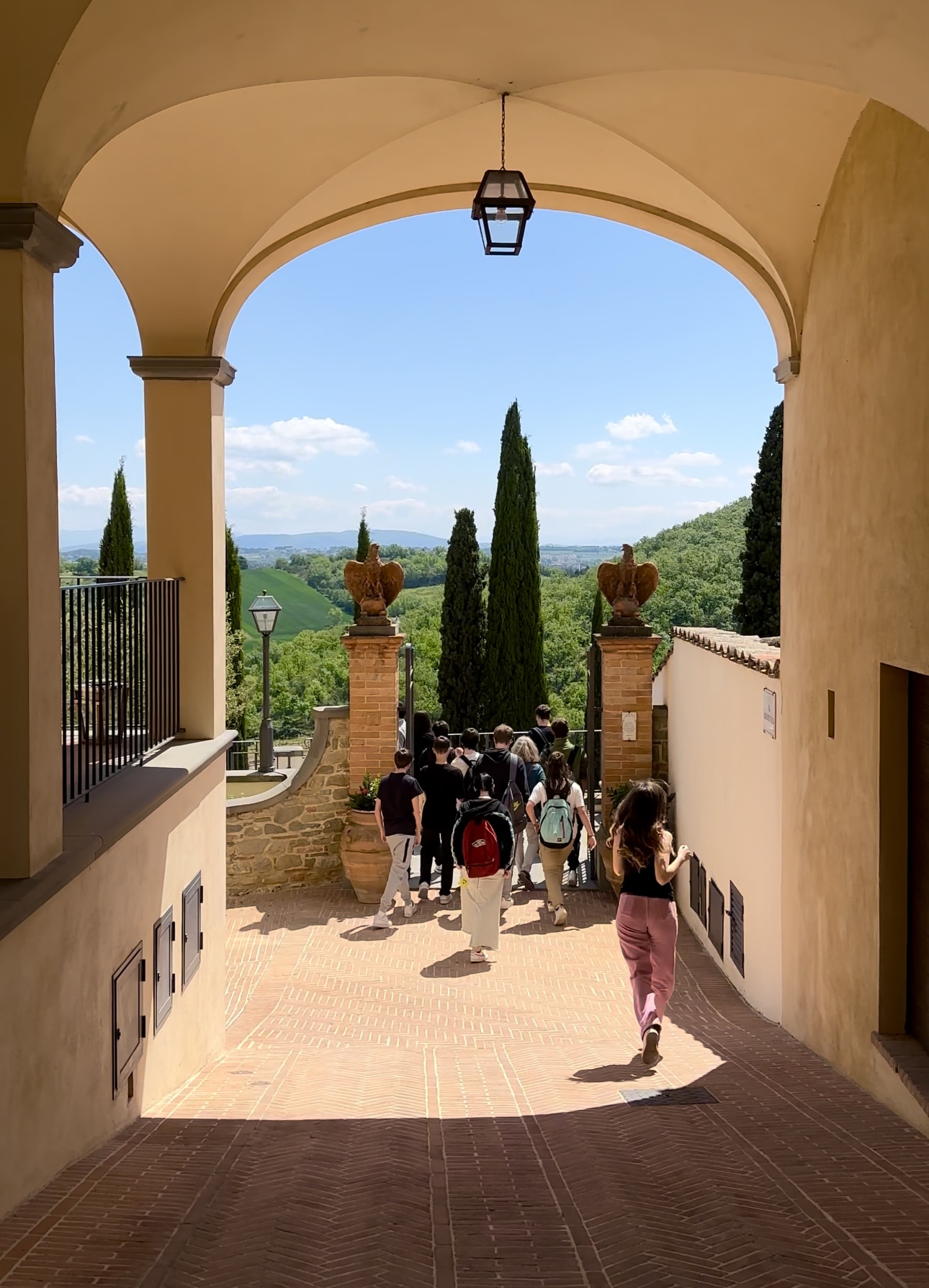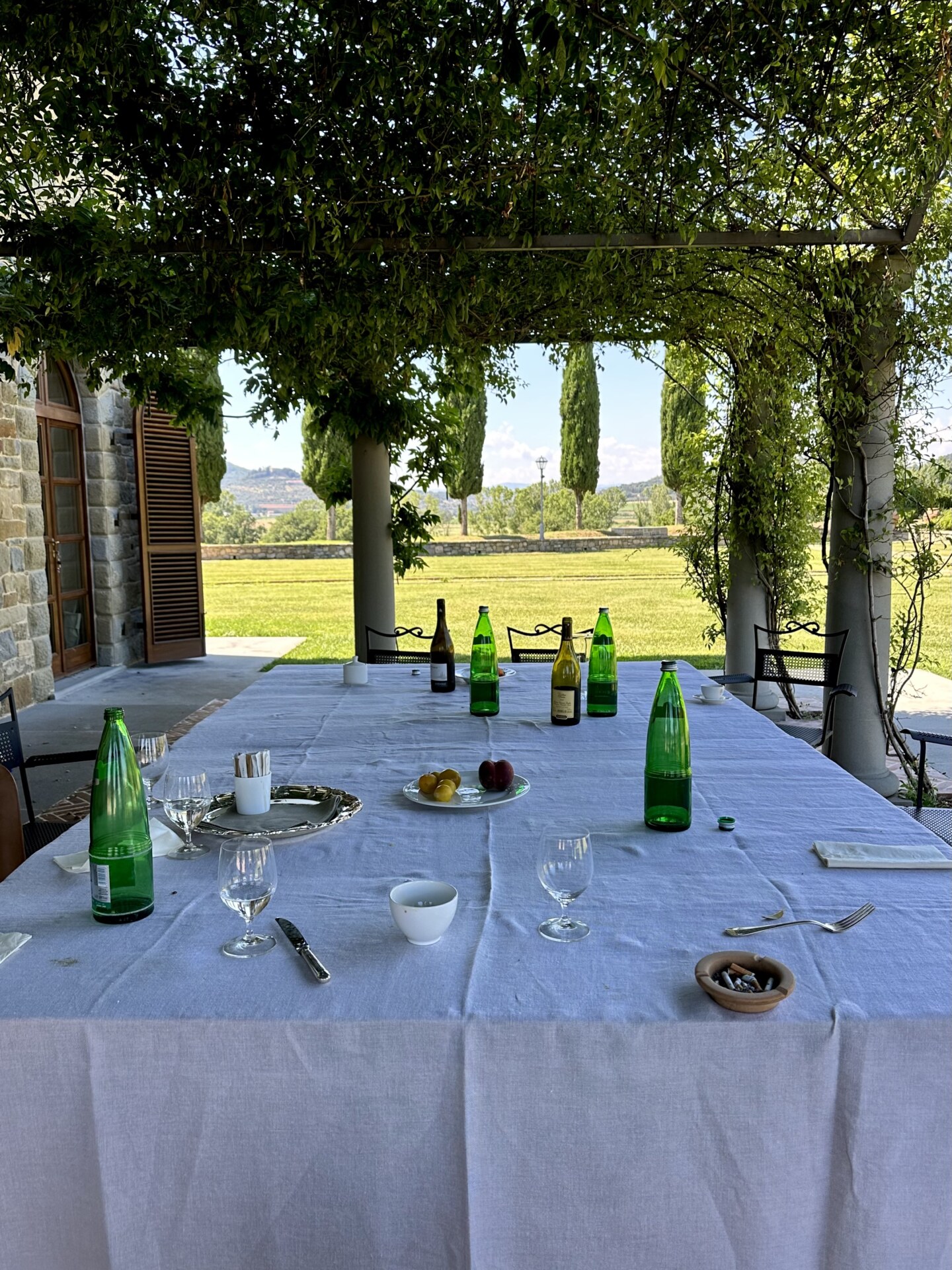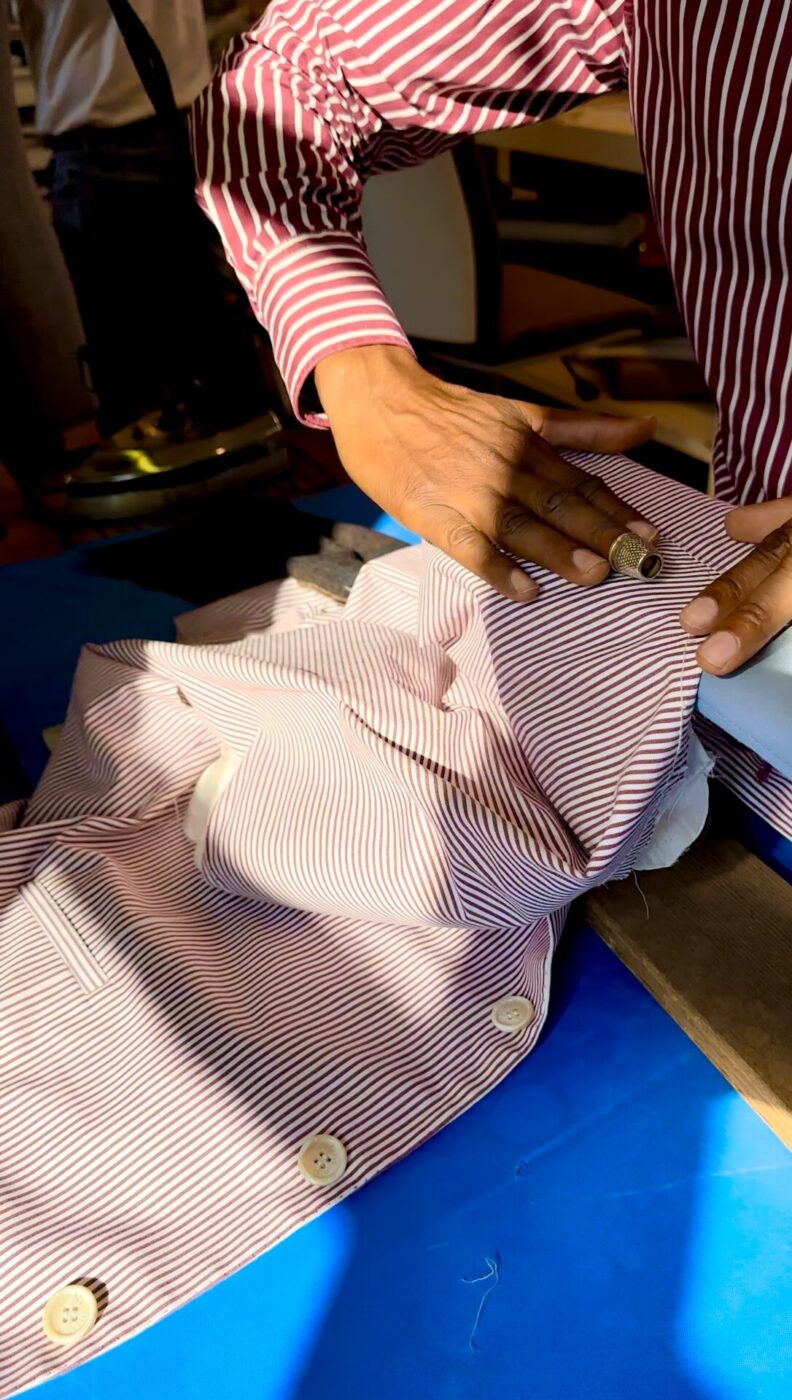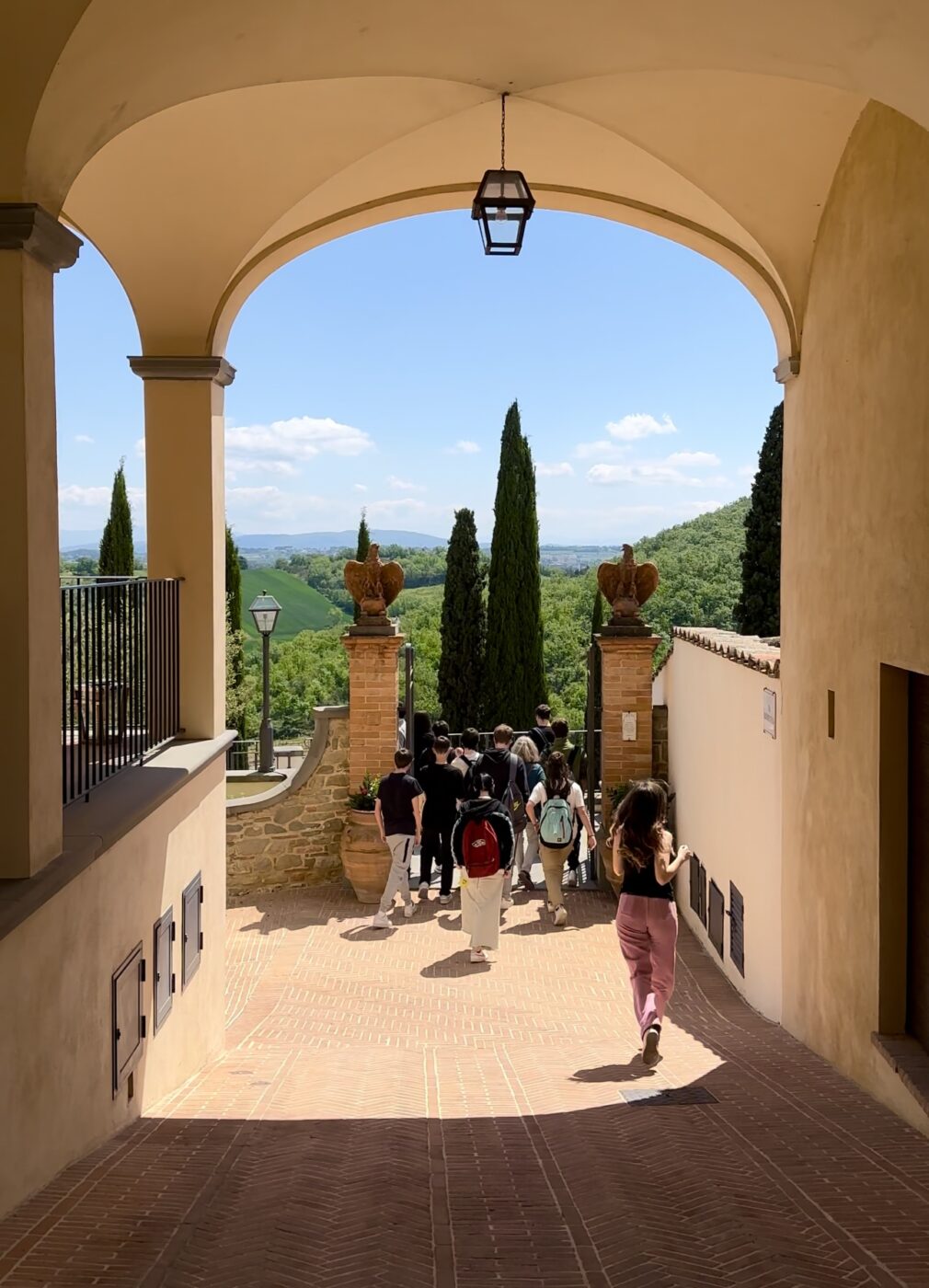The energetic yet soft chirps of swallows fill the air as they dart, in frenetic back and forths, across the rooftop of the Teatro Cucinelli. The olive trees contribute a slight rustle as a gentle breeze blows over the hilltop, and the sound of a Vespa grumbling floats up from the road in the Umbrian valley below. The light chatter of two friends, catching up over a glass of wine, in the Piazzetta can be heard, though the words themselves cannot be made out. A church bell rings and echoes across the cobblestoned streets. It’s a chorus that picks up pace as the day wears away and people flock to the Anfiteatro, Piazza del Castello, and Chiesa San Bartolomeo for the one of the many musical events of Festival Villa Solomei. It is during these days that the sounds of Solomeo are at their most harmonious.
The Festival Villa Solomei–this year, 2023, from June 21st to July 4th–brought talent and creativity from all over the world for a concert-filled calendar, free for all. The grandeur of a splendid, restored organ, built by Adamo Rossi of Perugia in 1791, filled the Chiesa di San Bartolomeo and gave shape to the stunning frescoes by painter Coriolano Mazzerioli. The dulcet voice of Claudio Santamaria’s canzoni dell’amore washed over the Teatro Cucinelli’s 200 seats, whose design echoes the humanist principles of the Renaissance era, emphasizing harmony and proportion with natural materials like wood, stone, and terracotta tiles. (If we weren’t already in love with Santamaria, we certainly are now.) The gentle rhythm of a guqin, played by the Sichuan Opera Ensemble, a group visiting from China, whispered through the Giardino degli Ulivi.
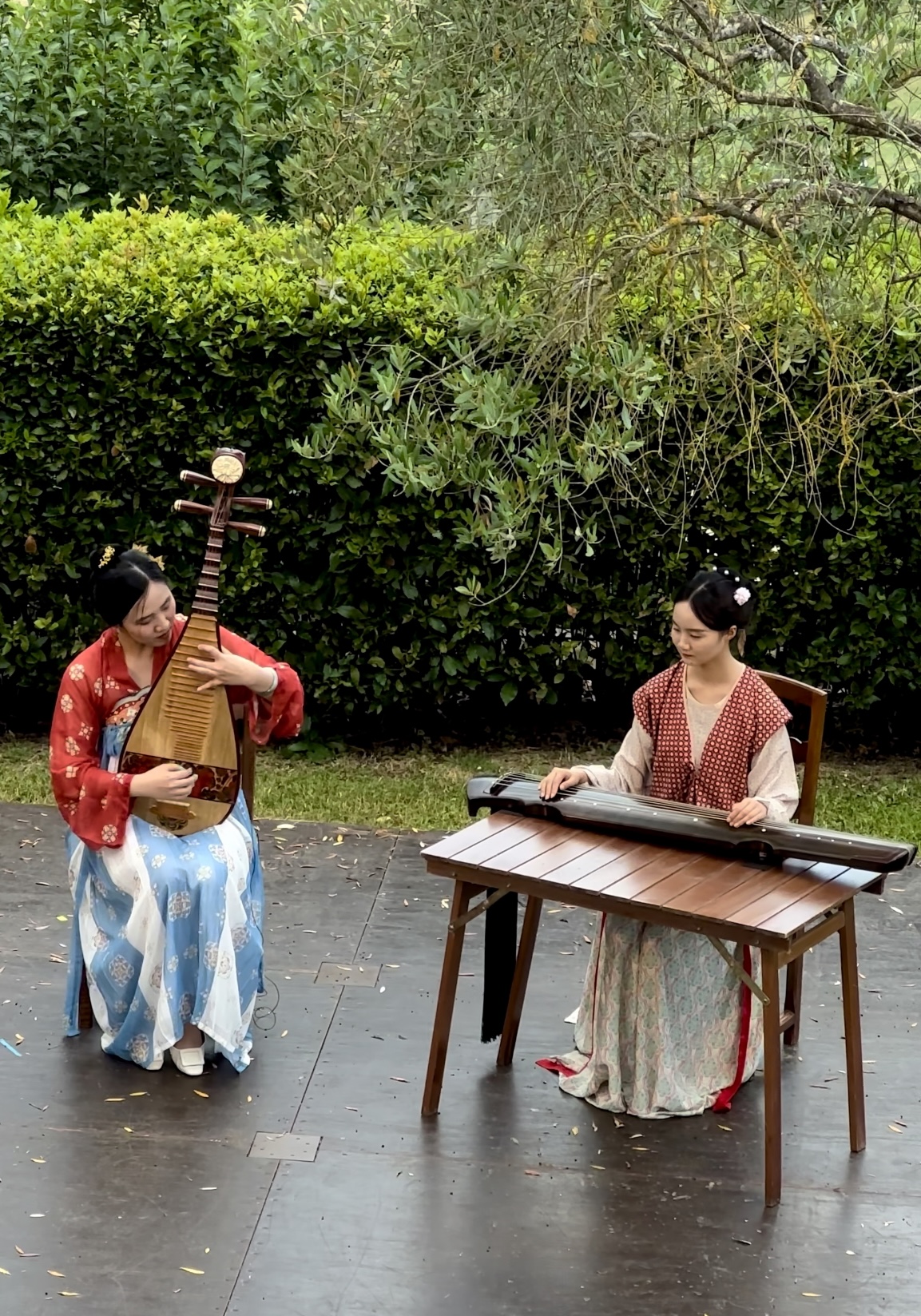
Every year, the festival, which is organized by the Cucinelli family, celebrates Italy, as well as another country from around the world. Nestled between Rome and Tuscany, Umbria can sometimes get lost in the shuffle, but the Cucinelli family has turned Solomeo into a town worth traveling for. First and foremost, the festival and the town’s other events, which include open-air cinema and performances by the town’s philharmonic, bring entertainment and beauty to the people of the surrounding towns. Secondly, they work to draw international visitors, inspiring people to engage with Umbria beyond the surface level. The Scuola di Alto Artigianato Contemporaneo per le Arti e i Mestieri does the same, bringing five passionate students from around the world to Solomeo for a course in the art of tailoring. Sports fields, parks, and monuments have also been built at the behest of the Cucinellis, making this hilltop hamlet, whose foundation dates back to the 12th century, a place where beauty really feels like it belongs to everyone.
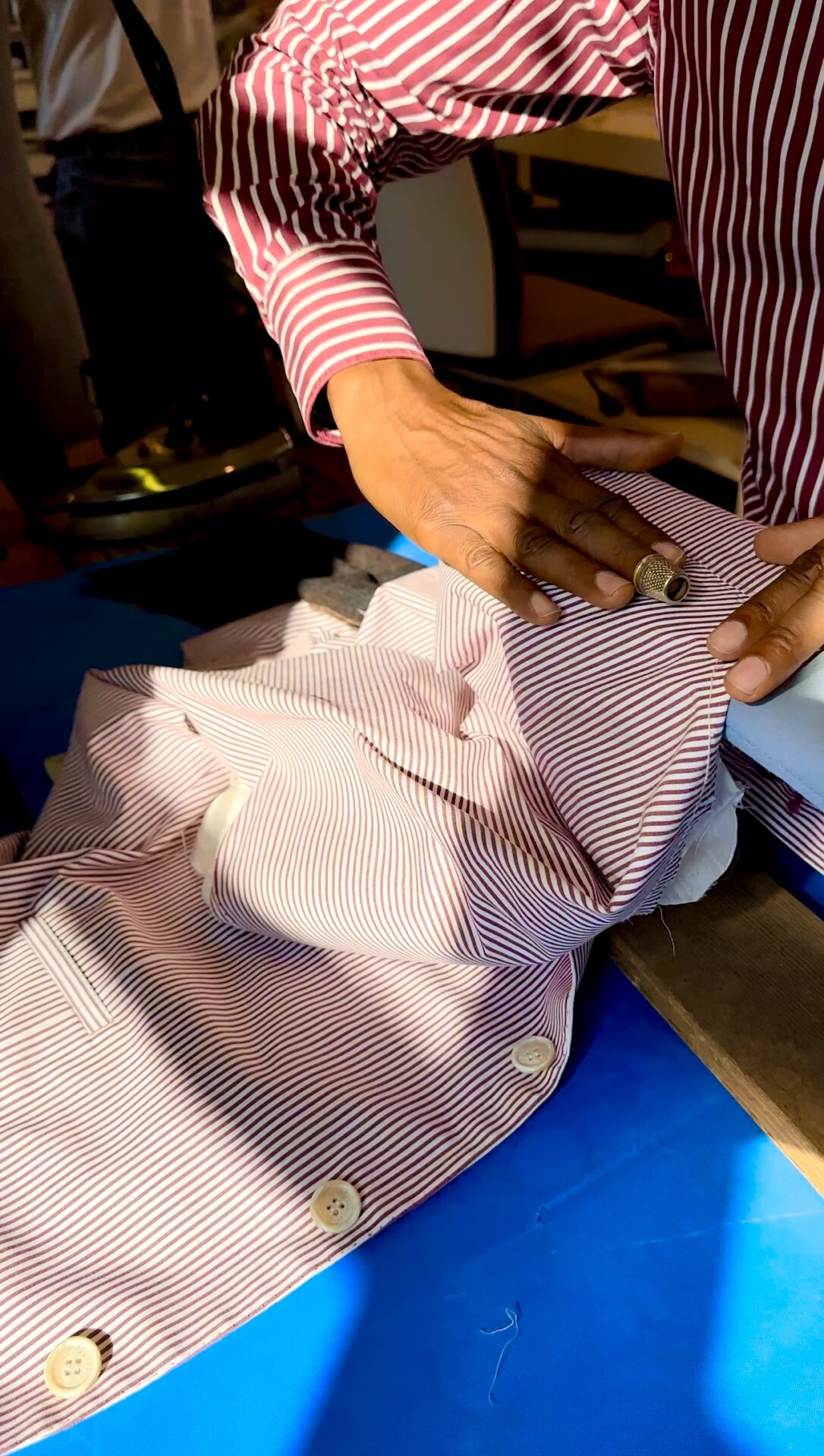
Solomeo was first settled by those working on Umbrian land reclamation, who constructed their first houses on top of the hill because the air was purer. The Chiesa di San Bartolomeo was erected soon thereafter, and the borgo continued to grow and grow. In the late 20th century, the town was transformed under the leadership of the Cucinellis, who hail from the region, infusing the borgo with a renewed sense of art, culture, and humanistic values. Throughout these centuries, the town has always retained the feeling of purity that founded it.
Here, the simplicity and community of little towns of the past is still very much alive. It’s common for the younger generations to spend time–and to want to spend time–with the older generations, and the whole town is quick to rally around celebrations and give support for sufferings. Everyone knows everyone else’s names–and those of their children, their parents, their pets. Beyond event days, there’s limited things to do, as with any small town, but here, this calm allows people to just be, to appreciate and have time for others, to follow pursuits beyond the material.
Beauty and art, especially the medium of music, have the power to transform the mundane and ordinary into the extraordinary, elevating our everyday experiences into moments of meaning–and this Solomeo and the Cucinellis know well. There are many hilltop towns in Umbria–and even more in Italy–but Solomeo’s aim to become a cultural center accessible to all makes it unlike any other, instilling value into the land upon which it stands and into the people who walk upon it.
